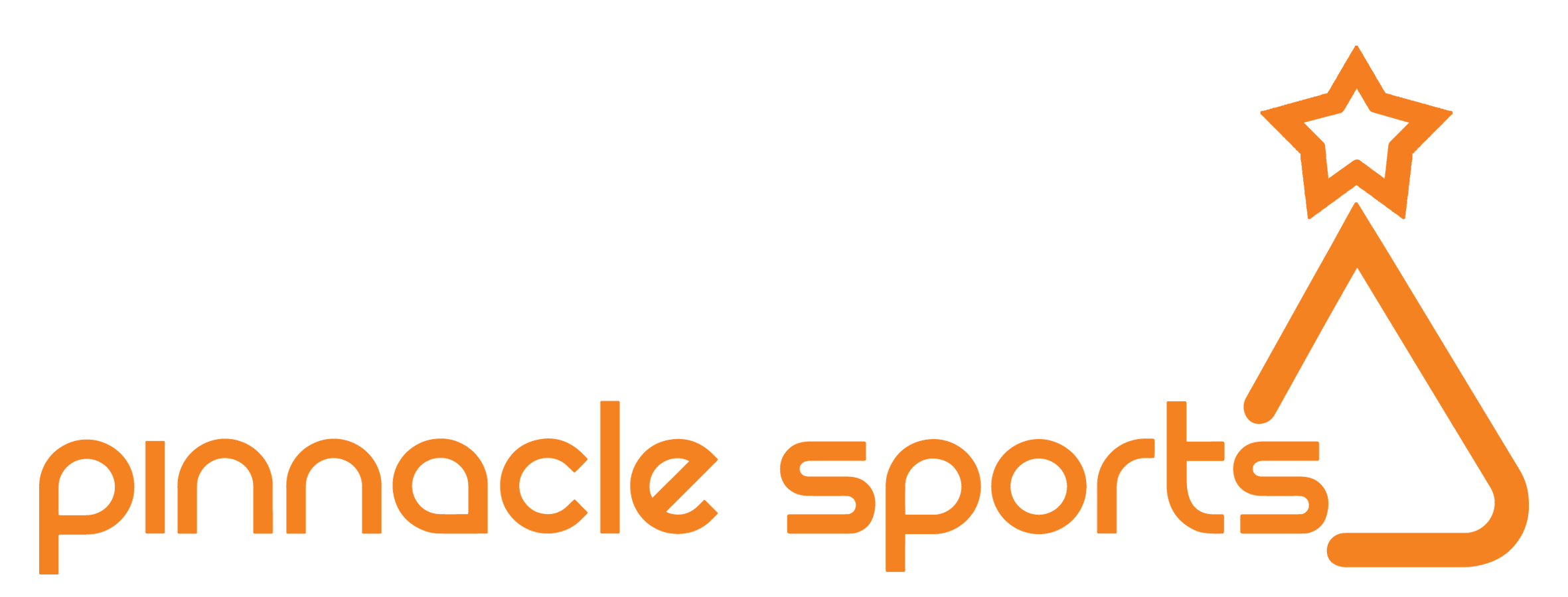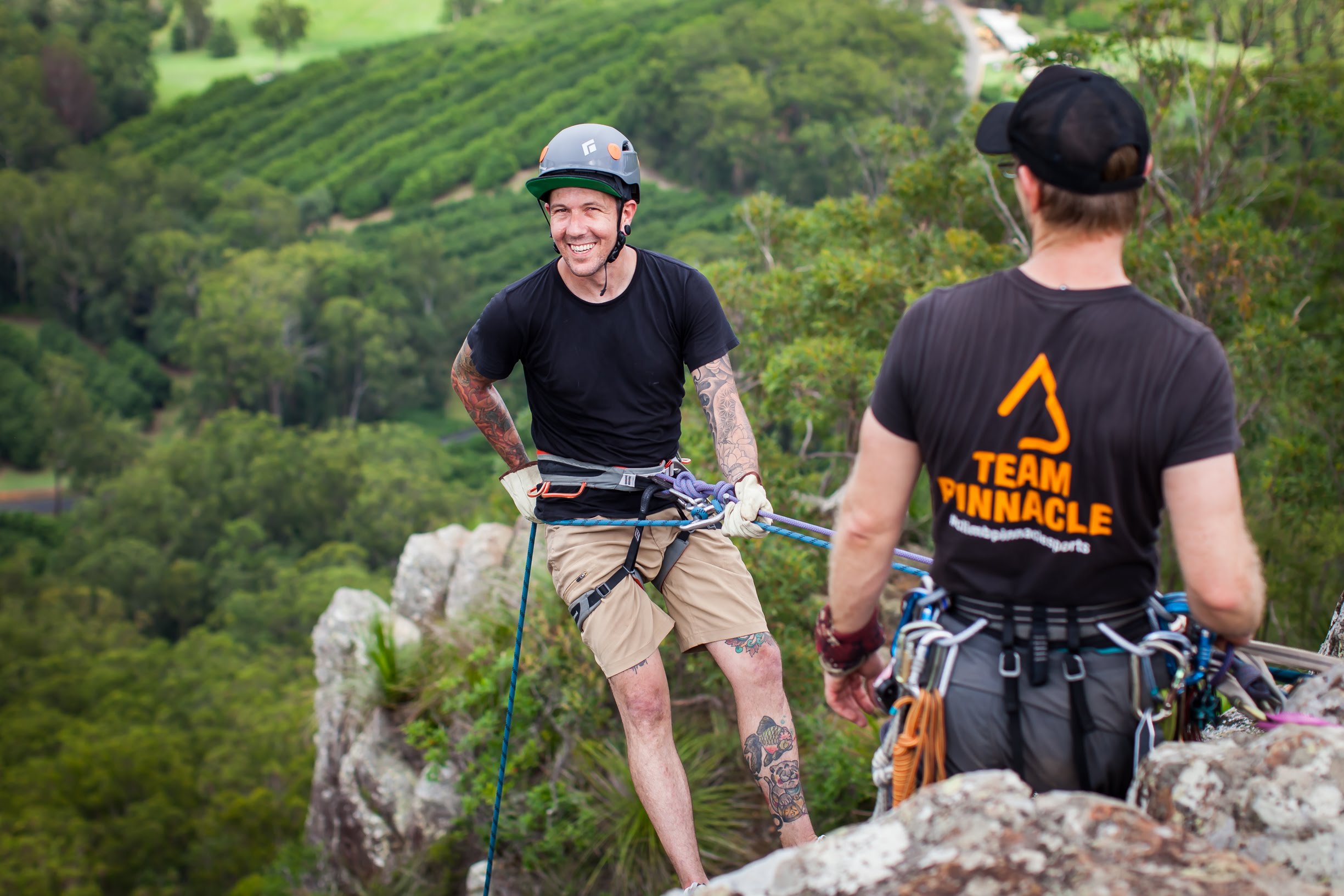Written by Tiffany Melius
What is it like to be an elite athlete? An amateur-professional who focuses their entire life around their sport, but doesn’t get paid to do it. You might think that you know. I thought that I did. Until I became one.
I have been a competitive climber since I was 14 years old, and since then I have trained fairly consistently 3-4 times a week with the exception of a few years that I spent travelling. I have always had success at competitions - I have never finished outside of the top ten in any competition lower than international level - and I work hard for my success. I didn’t need to train harder, and as I got older I thought that my body’s capacity to increase training loads was diminishing and so holding steady was an achievement in itself.
And then I decided to train for the dream of qualifying for the Olympics.
It’s one thing to have all of your training focussed towards a goal; and quite another to have your entire life focussed towards it. I have always prided myself on being a versatile success - in climbing, in my career, in my relationships etc., and I believe that to a certain degree I have achieved that. But in not letting one aspect of my life define me, I was also not allowing myself to step into the larger space of potential success that I could achieve by focussing on just one of those areas.
For the longest time I didn’t see myself as someone who could compete at the international level, and since my first international experience was traumatic I wasn’t keen to put myself out there again. It was far easier logistically and mentally/emotionally to play it small, be comfortable, and compete at a level that I could brush off as “it doesn’t really matter” if I didn’t live up to my expectations.
By deciding to aim for a spot at the Olympics (and that decision-making process is a whole other blog), I had to put myself out there in a whole bunch of new ways. So I decided to write about what it’s like to be in my shoes, at least right now, stepping into a big hairy audacious, scary space.
SACRIFICE
In an interview last year, I was asked what I was sacrificing by pursuing this dream. Naively I responded, “I am not sacrificing anything, I am just rearranging my priorities.” While that statement is still true, at that time my life was still blindingly bright with the sparkle of excitement of a big dream made public. I wrote this in an email to that interviewer recently:
“Maybe I am just in a more negative space than I was then. Maybe I was too 'fresh off the boat' to the whole training for the Olympics thing (three months in as opposed to eight months in). Whatever the reason, I feel far more like I am sacrificing right now.
Sometimes I feel like I am sacrificing my sanity. I am sacrificing financial security. I am sacrificing 'free time', and time with friends to just 'hang out'. I am sacrificing my belief in myself every single day and then having to resurrect it just to keep going. I am sacrificing the supporting role I love to play in my friends’ and family's lives because all my energy and time needs to be focussed on my goal. I am sacrificing things being easy, because almost nothing is right now. I am sacrificing pride, because asking other people to directly support a dream that you have, that isn't going to benefit anyone else directly, is f#*king hard, but necessary. I'm sacrificing personal connections to things like time spent on social media because that's what's important to (potential) sponsors.”
Which is a great segue into my next topic:
MONEY
Unless you have big monetary sponsors or government funding, you don’t get paid to be an athlete. You pay to be an athlete.
My basic non-negotiable living expenses are $2,497.36 per month. I have had to reduce my work hours to half time in order to have enough time to train and cover all the other demands of being an athlete, so my income is now $1,954.75 per month. So in order to have the time to be an athlete, I can’t afford to be an athlete.
My ‘living expenses’ include things like food, mortgage, car, internet, utilities etc. It does not include expenses such as my Integrated Support Team (Physiotherapist, Strength and Conditioning Coach, Osteopath, Nutritionist etc.), Competition entry fees, Sporting Organisation fees, travel or accommodation for competitions, uniforms etc.
“But if you’re training for the Olympics, doesn’t the government support you?”, I hear you say. The answer is no. Unless you are likely to podium; or your sport receives government funding (this doesn’t happen for a new sport such as climbing) and your National Sporting Organisation decides to fund you. One note here - there are state-based training facilities that offer services to athletes, however since I live overseas I can’t physically access these programs.
Crowdfunding is a stream of revenue generation that I know that I need to explore, but that I have been avoiding a little bit. Partly because I have had other priorities competing for my time, but also partly because it means overcoming my ego. Asking for money, especially for myself, is not something well-accepted in our culture. Asking your friends and family and strangers to support you is saying “I can’t do this on my own, I need your help, and I am asking you to make a judgement about my value and the value of my dream because all I can really give you in return is this little perk, and maybe some inspiration.” That’s a very vulnerable place to be. Not to mention sitting on platforms alongside 3 year old Kelli who has brain cancer...
So we turn to sponsorship. Pinnacle Sports has been my major sponsor since 2016, and the support they offer is generous and hugely appreciated. Having said that, they are a small business and the support they are able to provide is a drop in the bucket compared to the expenses I am incurring. As an example, I spent ~$6,000 on my IST last year alone, and each international competition costs around $5,000 depending on location, duration etc. Additionally most sponsors prefer to provide in-kind sponsorship, which can be useful to reduce costs, but doesn’t contribute to covering costs that are intrinsically cash-reliant.
Thanks also to my other sponsors/funders: Evolv, West Coast Osteopathy and Wellness, Verve Hair Lounge, Kyle Rurak Photography, Sport Climbing Queensland.
The work required to seek, secure, and maintain sponsorship relationships is extensive and time-consuming. It is multifaceted requiring social media savvy and productivity, current and updated online presence, and often professional branding. This aspect of the athlete’s life can require as much time as a job in and of itself.
That's all for Part 1 of this blog entry. Click here for Part 2, where I talk about balancing my athlete life with my regular life, my unique situation as an overseas athlete, and my reasons for doing what I'm doing!
Looking for more great reads? Subscribe to our newsletter to stay up to date with the latest climbing tech, crag recommendations and upcoming events.






